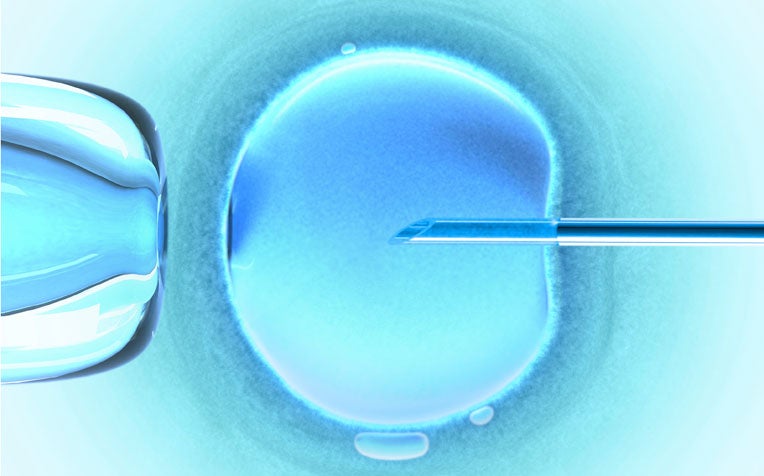
A women's fertility drops dramatically after age 35, due to diminishing number of eggs and their deteriorating quality.
About 15 per cent of couples in Singapore are unable to conceive within 12 months of trying for a baby. In about 39 per cent of these cases, the cause is female infertility. In 20 per cent, it is male infertility, and in 26 per cent the problem lies with both partners.
From the medical standpoint, a woman is considered infertile if she is unable to conceive after 12 months of trying.
While female infertility is growing worldwide, the good news is that there are plenty of treatment options available for this problem. In fact, over the years, treatment for infertility has become more effective with fewer side effects. It has become more affordable too.
“Treatment has evolved to become more user-friendly with fewer side effects,” says the KKIVF Centre from KK Women’s and Children’s Hospital (KKH), a member of the SingHealth group.
“In Singapore, more support from the government with the option of co-funding means the treatment is more affordable too,” he adds.
What are the causes of female infertility?
A woman is most fertile when she is in her 20s and early 30s. After age 35, a woman’s fertility drops dramatically due to the diminishing number of eggs and their deteriorating quality.
However, some women experience fertility problems even in what should be their most fertile years. These problems can be due to a number of factors such as:
Lack of ovulation (the woman does not produce eggs)
Fallopian tube issue: “Women with endometriosis or previous surgery may develop a problem with their fallopian tubes which will require investigation. If the tubes are affected, tubal surgery will have to be done first,” says Dr Lau.
Womb problems such as fibroids (mass of muscular or fibrous tissues) in the womb. When fibroids are large, they need to be surgically removed to increase the odds of conception.
What are the treatment options for female infertility?
Treatment for female infertility is wide-ranging and is determined by the infertile woman’s specific problem. The different treatment options include:
Timed sexual intercourse: Having intercourse based on the most fertile days of a woman’s menstrual cycle
Ovulation induction: The infertile woman is given medicines to stimulate ovulation or egg production. “This treatment is suitable for women who are not ovulating, or for young women with unexplained infertility,” says Dr Lau.
Surgery involving either the fallopian tubes (tubal surgery) or the uterus (hysteroscopic surgery).
Supra ovulation intrauterine insemination (SOIUI): In this two-step procedure, the infertile woman is:
given fertility drugs to stimulate her ovaries to produce more than one egg
the man’s sperm is placed high in the uterus to bring it as close to the egg as possible
IVF (in-vitro fertilisation): In the IVF procedure, multiple eggs and sperm are brought together in a laboratory glass dish so that the sperms can fertilise the eggs. After fertilisation, the best embryos are placed in the uterus, raising the odds of a successful pregnancy.
Ref: S13
Contributed by















 Get it on Google Play
Get it on Google Play